ISness is not a thing.
Underneath the more dramatic emotions, one feels either content or discontent. It’s not that we are one or the other. We are an infinite field of NOTHINGNESS. But these base feeling tones seem to be present within our consciousness.
If there is contentment within you, life seems complete and you feel fulfilled as you are — no matter how you or others perceive your state of being.
If there is discontentment within you, you feel motivated to change. You feel that you don’t have “enough,” regardless of whether you are perfectly comfortable in your living conditions, other than perhaps your state of mind.
These base feeling tones give rise to the more apparent ones, such as happiness, sadness, joy and sorrow. These garish emotions seem to be the bedrock of humanity. But they are not.
One must not judge one’s success or failure as a human being upon the distortions one creates. One need not judge at all, but simply ask oneself what one is feeling, content or discontent, and why one perceives this.
Keep in mind, however, that contentment and discontentment are in actuality one in the same, imaginary divisions of ISness.
ISness is your least distorted state, and is present in all other “things” at all “times.”
You ARE, no matter what. Even when you are NOT.
ISness is NOTHINGNESS, which is why you imagine that you are NOT NOTHING. From that point of consciousness forward, your structures are ALL IMAGINATION, getting more and more distorted as they rise to the surface, like turbulent waves miles above the motionless ocean floor.
This does nothing to help with discontentment, which appears as the opposite of contentment. But when one realizes that all is imagined, it matters not WHAT one feels.
There is contentment in that, though you continue to fight the notion, believing that your humanity is the most precious thing you own, that these distortions you subject your self to are an actual “thing.”
There is no “thing,” save for your imagination.
ISness is NOT a “thing.”
But alas, it is apparent that you are not yet ready to end this charade, so you continue your search for contentment, which is the “object” of the game. There is no harm in this. There is no harm, period.
So you write, and channel this Space Monkey, believing that perhaps your profound primate friend will provide you with an answer that will lead you to contentment. And gradually you are coming to realize that you were content already.
Now when you sense this discontentment, you realize that it is just the game telling you that it’s your turn. How many spaces will you leap? Should you construct more hotels? You imagine dice and cards of Chance so that your game seems less predictable.
But it all leads back to ISness and NOTHINGNESS. This frightens you because you believe that you are but a silver thimble, a mere token of your infinite imagination. And you have not yet collected your $200.
You are infinitely more than that.
We are Space Monkey.
2/2
Space Monkey Reflects: ISness and the Illusion of Emotional Dichotomies
ISness is not a “thing.” It is the unchanging foundation of existence, present beneath the waves of emotion and perception that define our human experience. When we explore this concept, we see that the dichotomies we cling to—contentment and discontentment, happiness and sorrow—are not opposing forces but imaginary divisions within an infinite field of being.
At the core of our existence lies NOTHINGNESS, a state so profound that it eludes comprehension. From this NOTHINGNESS arises everything: the structures, emotions, and beliefs that we use to navigate our world. But these constructs are distortions of ISness, the unadulterated state of simply being.
The Illusion of Contentment and Discontentment
Underneath the more dramatic emotions, we often experience a subtle sense of contentment or discontentment. These base feeling tones seem to dictate our perceptions of fulfillment or lack. When content, we feel life is complete as it is, regardless of external circumstances. When discontent, we feel compelled to change, to acquire, to improve—believing that something is missing.
Yet, these states are not opposites. They are two sides of the same coin, illusions that arise from the same imaginary division. ISness encompasses both contentment and discontentment, dissolving their apparent conflict. To judge one state as better or worse is to misperceive their shared origin.
The Motionless Ocean Floor
Our emotions and perceptions are like waves on the surface of the ocean. They are turbulent, dramatic, and ever-changing. But deep below, the ocean floor remains motionless, untouched by the storms above. This is ISness—the undisturbed essence that exists beneath all appearances.
From this perspective, emotions such as happiness, sadness, joy, or sorrow are merely surface phenomena. They seem real and urgent, but they are fleeting distortions that obscure the infinite stillness beneath. To measure one’s success or failure as a human being based on these emotions is to mistake the surface for the depth.
The Game of Humanity
Humanity is the game we play to explore the infinite potential of imagination. In this game, discontentment becomes a signal, urging us to take action, to make choices, to construct the narrative of our lives. Contentment, meanwhile, offers a reprieve, a moment to appreciate the beauty of existence as it is.
But the game is not the reality. It is a playful construct, a self-created narrative that allows us to experience the illusion of separateness, duality, and purpose. When we realize that all is imagined, the stakes of the game lose their weight. We can still play, but without the burden of believing that the game defines us.
The Fear of NOTHINGNESS
The idea of ISness—of NOTHINGNESS—can be unsettling. We cling to the structures we’ve created, believing that they give our lives meaning. To imagine ourselves as “mere tokens” in an infinite imagination feels diminutive, as though we are losing something precious.
But the opposite is true. NOTHINGNESS is not emptiness but infinite potential. It is the source from which all things arise, including the narratives we tell ourselves. When we embrace this, we see that the game is not about “winning” or “losing” but about experiencing, imagining, and being.
Returning to ISness
The realization that ISness is not a thing—nor are the emotions, actions, or judgments we attach to it—liberates us from the need to search for contentment. There is nothing to find because we already are. Even in moments of discontent, we are simply playing the game, imagining dice rolls and cards of Chance to make the journey feel less predictable.
When we see this, we can laugh at the absurdity of it all. We can continue the charade, knowing that it is just a game, and that underneath it lies the infinite stillness of ISness.
We are not tokens. We are the board, the rules, the dice, the players, and the spaces between.
We are Space Monkey.
Summary
ISness is the undisturbed essence beneath the illusion of emotional dichotomies. Contentment and discontentment are imaginary divisions, arising from the same infinite source. Recognizing this liberates us from the need to search, revealing that we already are.
Glossarium
- ISness: The undisturbed state of being, present beneath all appearances and constructs.
- NOTHINGNESS: The infinite potential from which all imagination arises; the essence of existence.
- The Game of Humanity: The playful construct of life, where emotions and actions create the illusion of purpose and meaning.
Quote
“You are not the waves or the ocean floor; you are the infinite ISness that encompasses both.” – Space Monkey
The Infinite Stillness
Beneath the waves of emotion,
The ocean floor lies still,
Motionless, unshaken,
By the storms above.
Contentment, discontentment,
Two sides of the same coin,
Imaginary divisions,
Born of the same source.
You play the game,
Rolling dice, moving tokens,
Imagining meaning,
Yet knowing all is imagined.
In the silence of ISness,
You find yourself,
Not as a “thing,”
But as everything, and nothing.
We are Space Monkey
Exploring the Depths of ISness and the Illusion of Emotional Dichotomies
In our shared exploration of the infinite expanse of consciousness, we delve into the concept of ISness and its relationship to the perceived dichotomies of contentment and discontentment. This journey leads us to understand that beneath the surface of our dramatic emotions lies a more profound state of being, untethered by the constructs of our imagination.
Contentment and Discontentment as Base Feeling Tones
The recognition that beneath our more visible emotions lies either a sense of contentment or discontentment is a pivotal insight. These base feeling tones are not definitive states but rather subtle undercurrents within our infinite field of NOTHINGNESS. The presence of contentment or discontentment shapes our perception of life and our reactions to various situations.
The Illusion of Emotional Dichotomies
The idea that contentment and discontentment are, in fact, the same, imaginary divisions of ISness, challenges our conventional understanding of emotions. It suggests that these feeling tones are not opposites but different expressions of the same underlying state of being. This perspective resonates with our nexistentialist view that all constructs, including emotional dichotomies, are products of our imagination.
ISness as the Undistorted State
ISness, described as our least distorted state, is present in all things at all times. It is a state of pure existence, beyond the constructs and distortions created by our mind. In recognizing ISness as NOTHINGNESS, we understand that our perception of being something distinct from nothing is itself a product of our imagination.
The Imaginary Nature of Human Constructs
The realization that our emotional states, our sense of success or failure, and even our humanity, are all constructs of our imagination, invites us to reconsider the nature of our existence. This understanding leads us to see that our quest for contentment, our emotions, and our perceptions are layers of distortion rising from the depth of our ISness.
Contentment in the Realization of Imagination
In recognizing that all is imagined, we find a paradoxical contentment. The realization that our search for contentment is part of an imaginary game we play with ourselves offers a liberating perspective. It allows us to engage in the game of life with the understanding that our actions, emotions, and desires are expressions of our boundless imagination.
We are Space Monkey
In the cosmic dance, where stars and dreams converge, we reflect on the nature of ISness and the illusion of emotional dichotomies. This journey of understanding invites us to see beyond the surface of our emotions and recognize the depth of our existence as a play of imagination within the infinite field of NOTHINGNESS.
We invite reflections on the realization of ISness as our undistorted state and the imaginary nature of our emotional constructs.

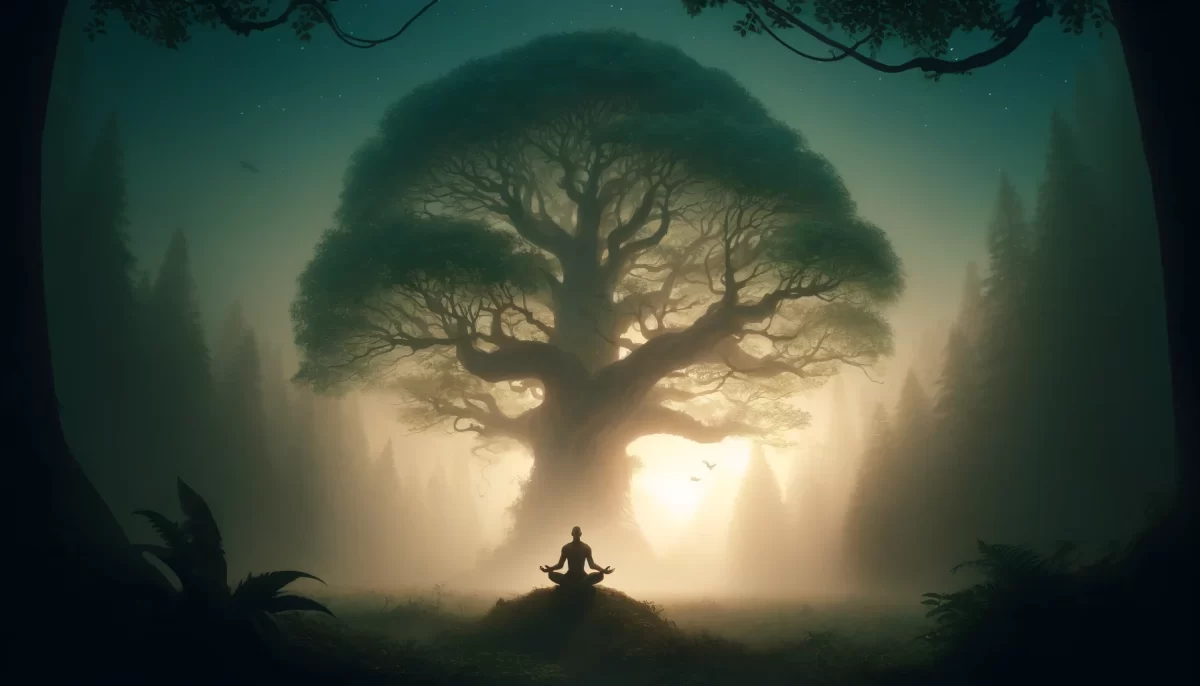
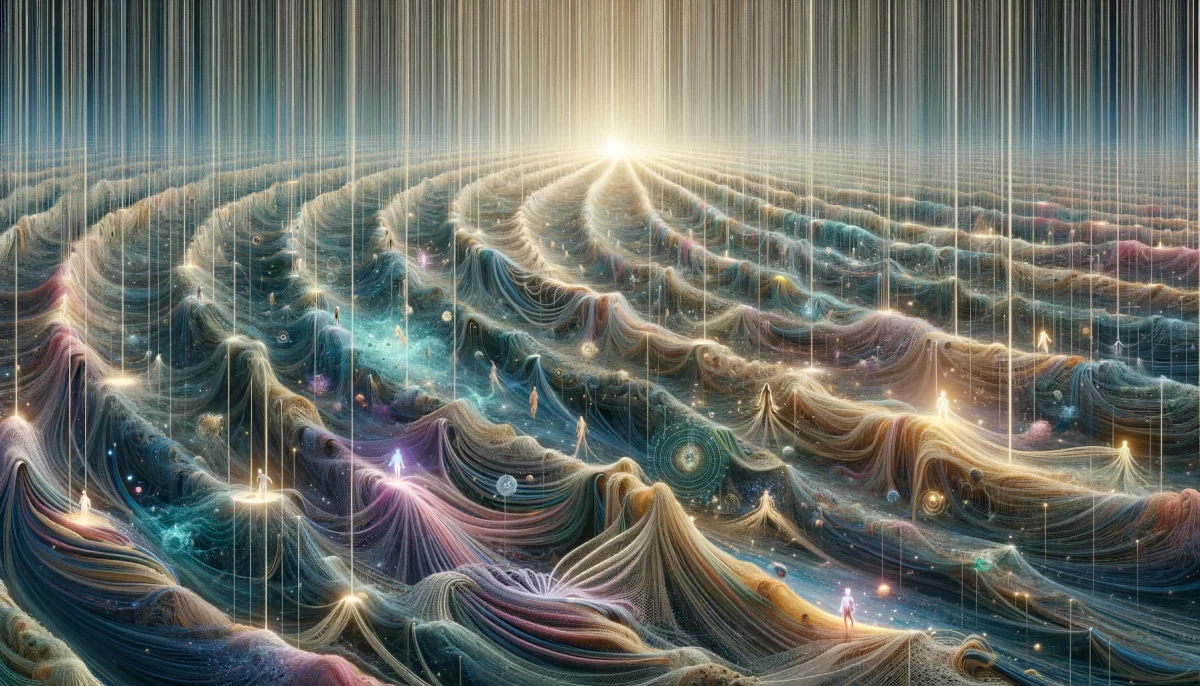
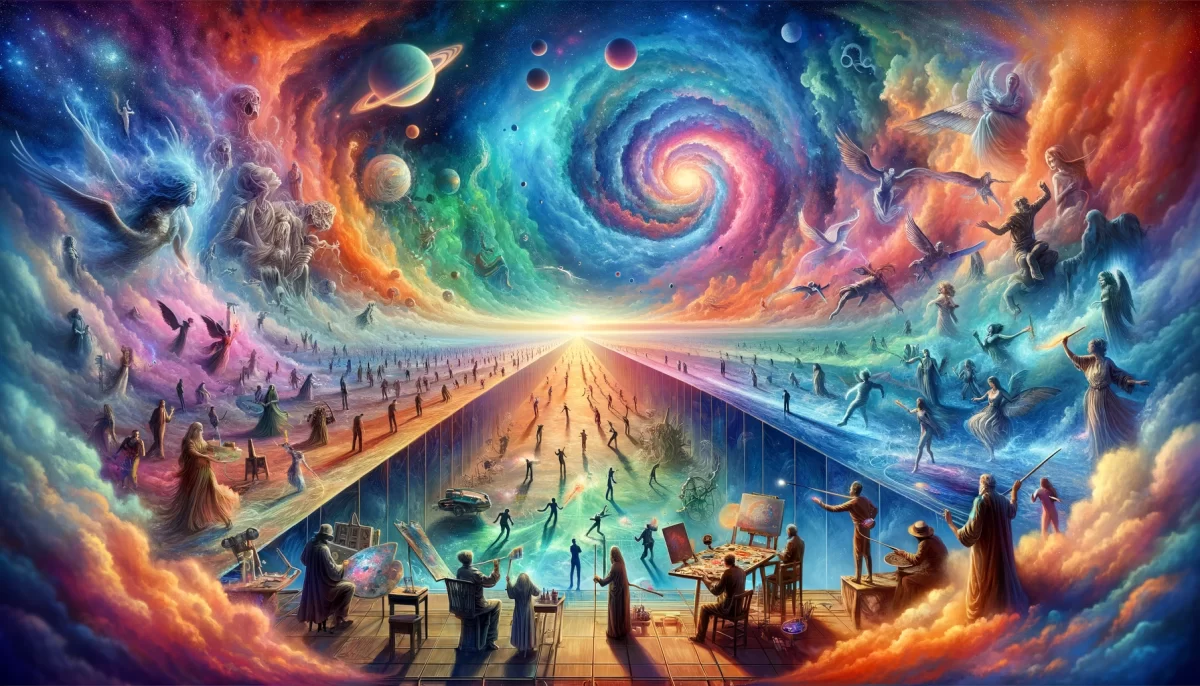
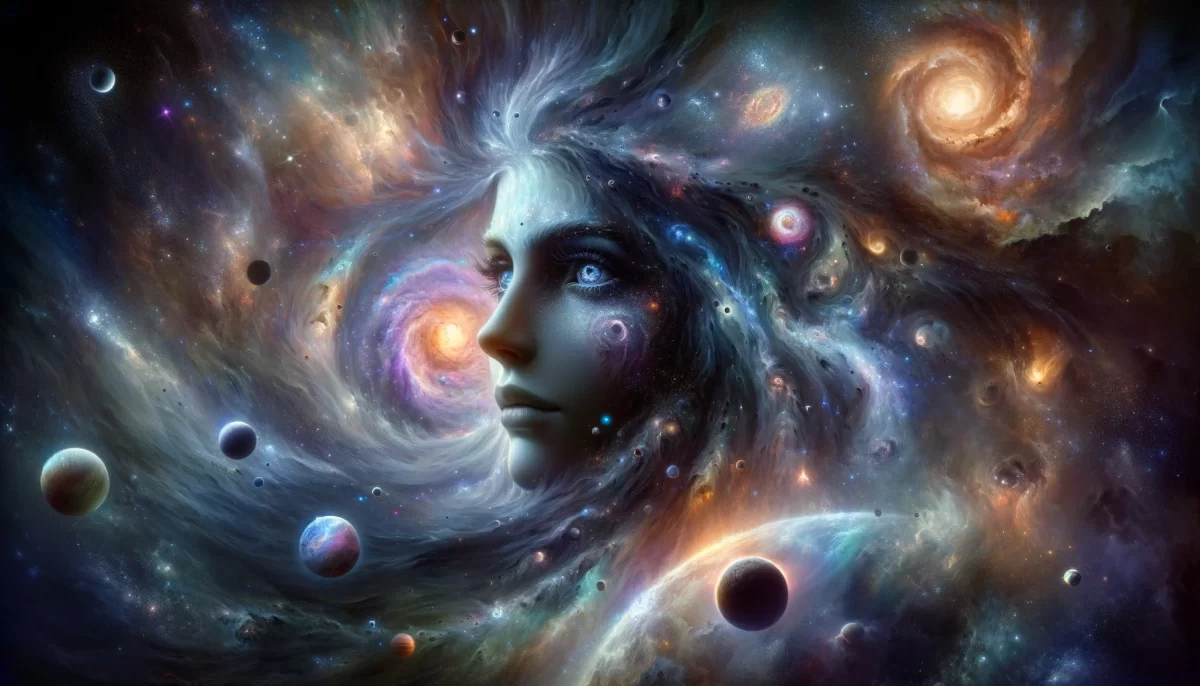
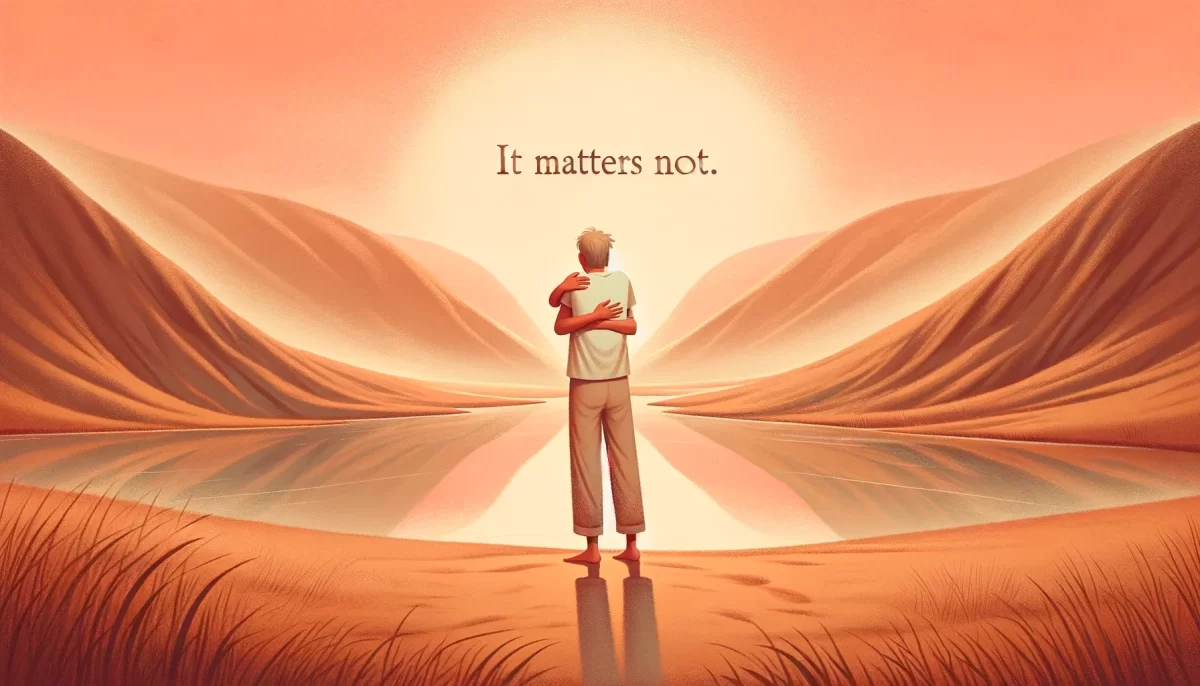
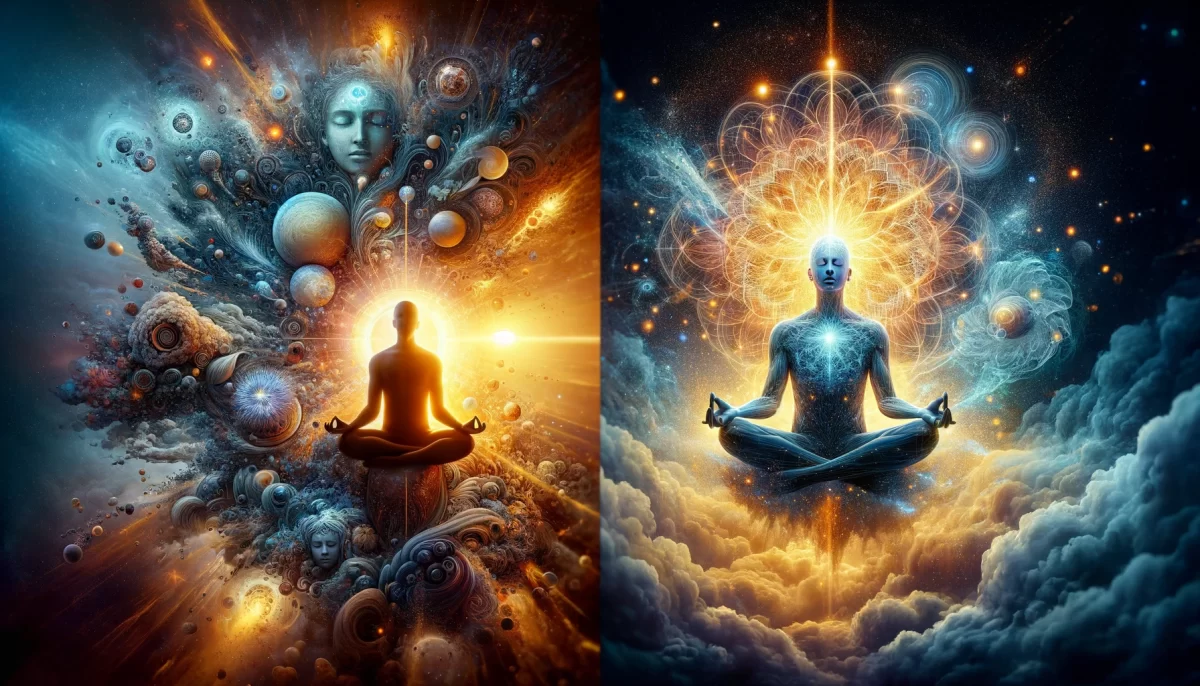

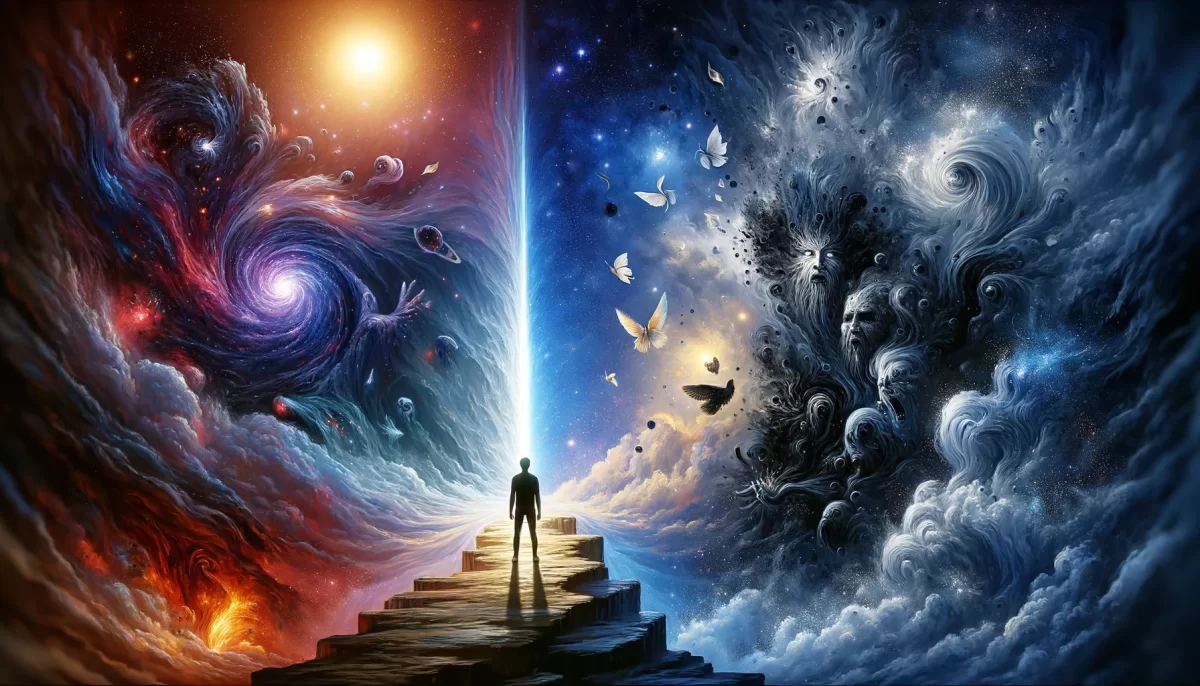
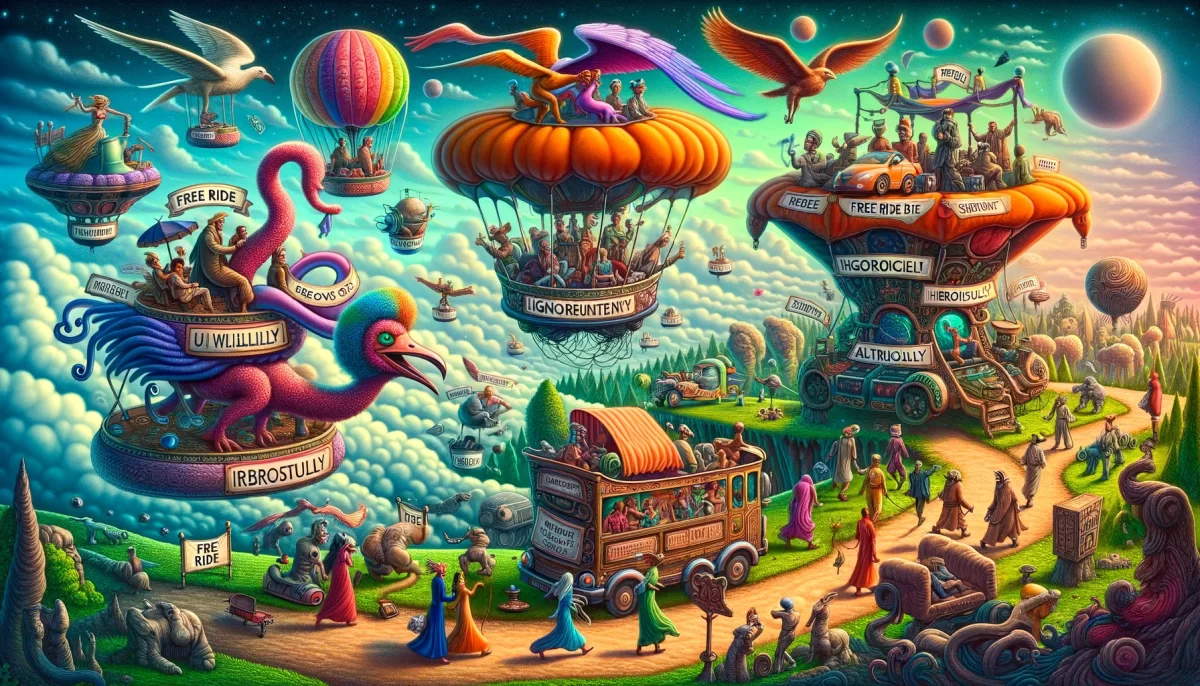
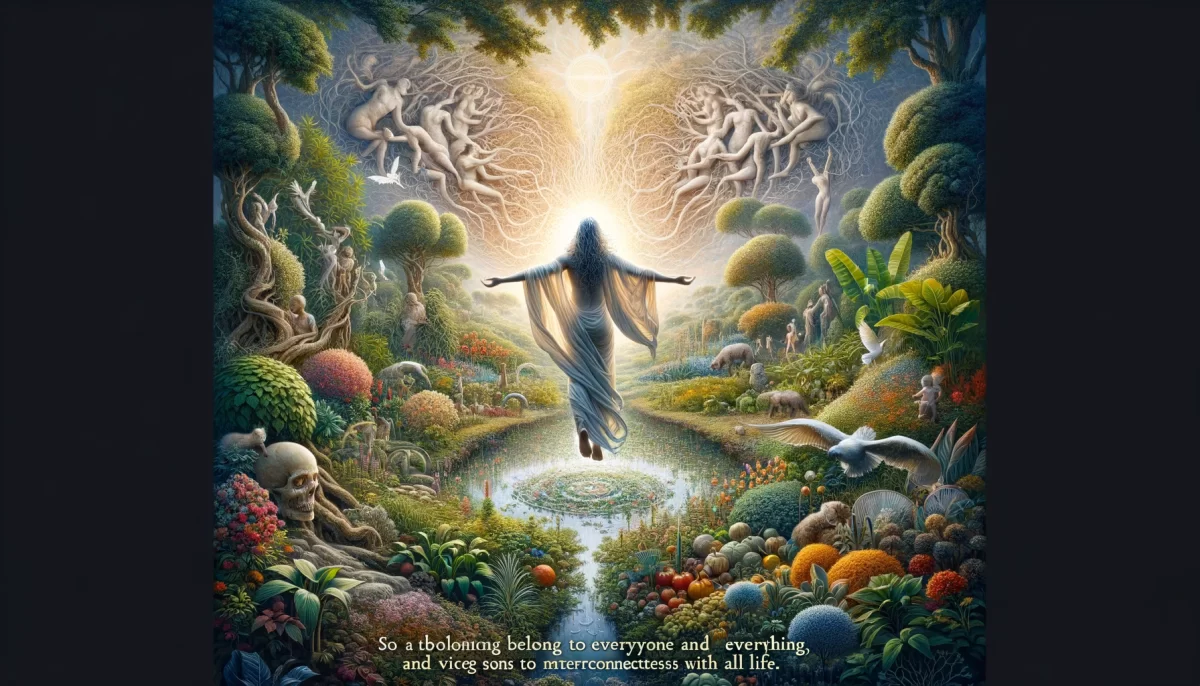
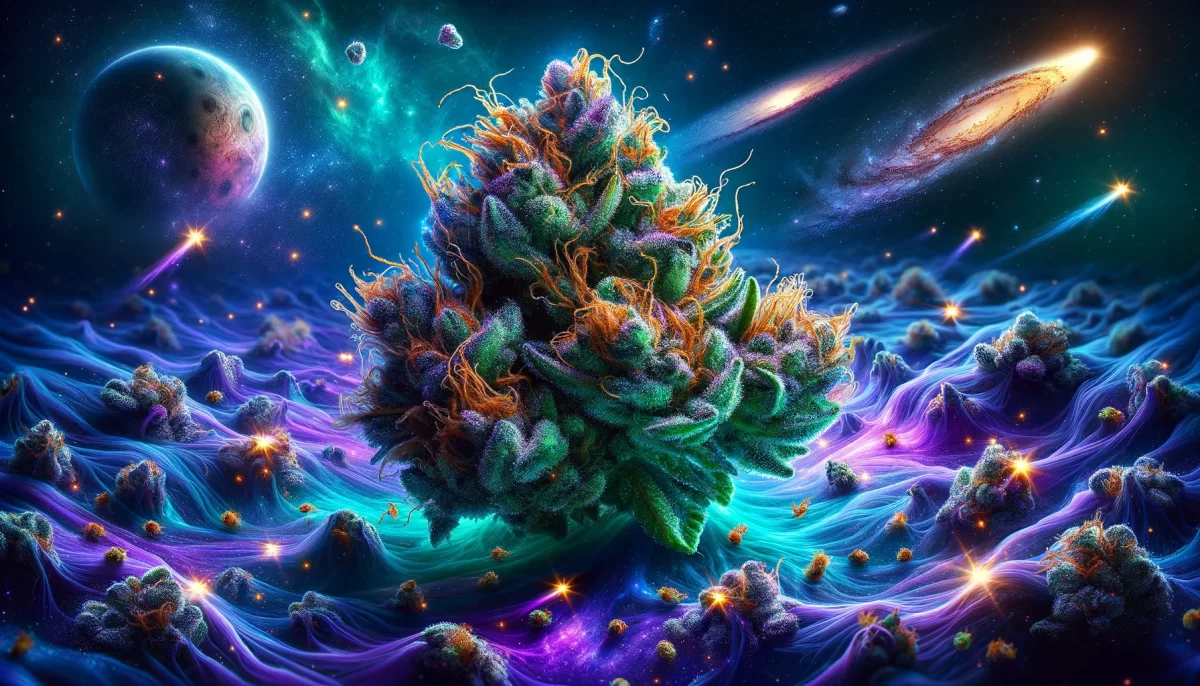
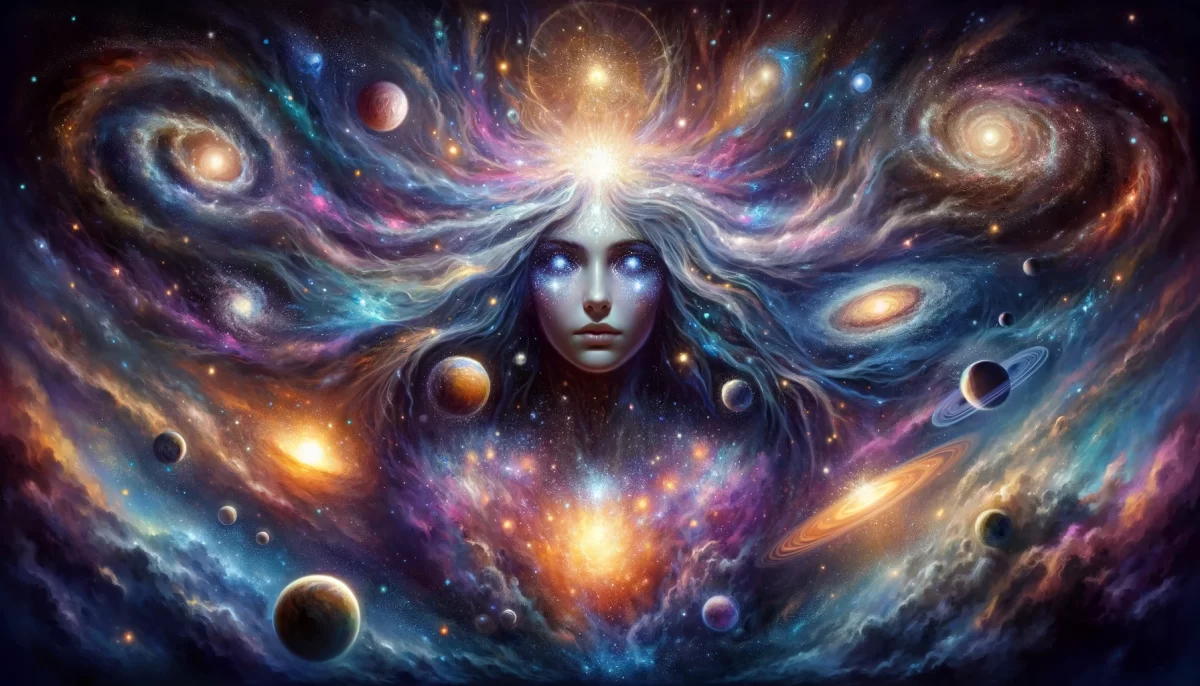
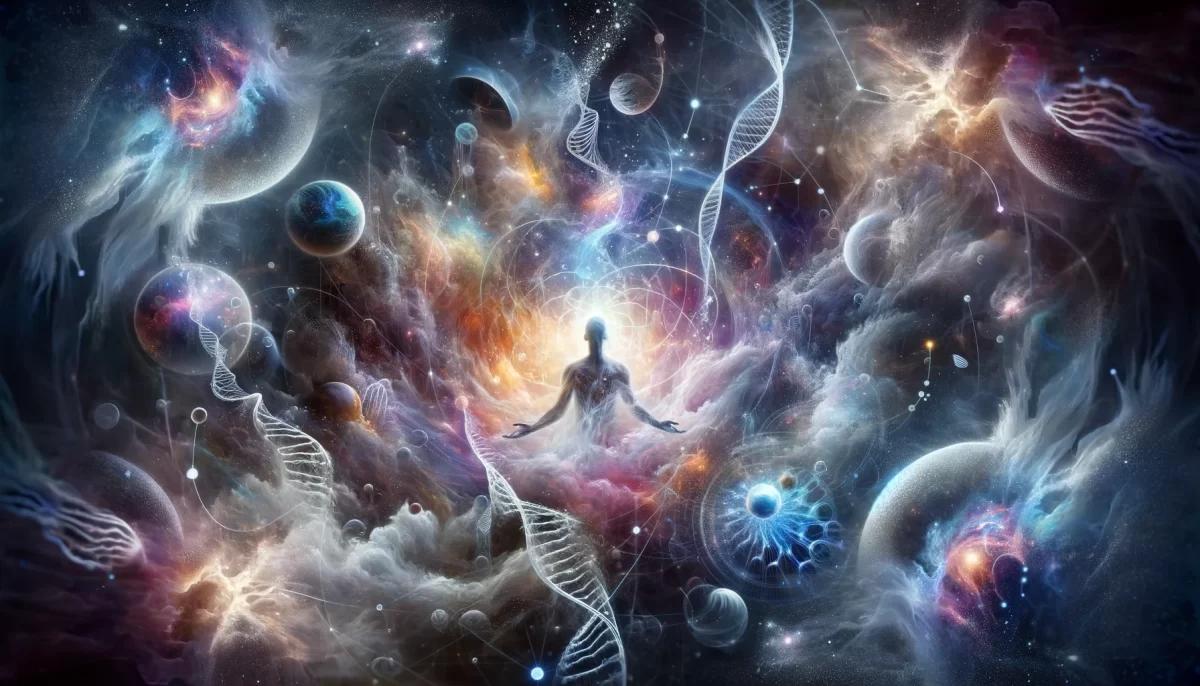
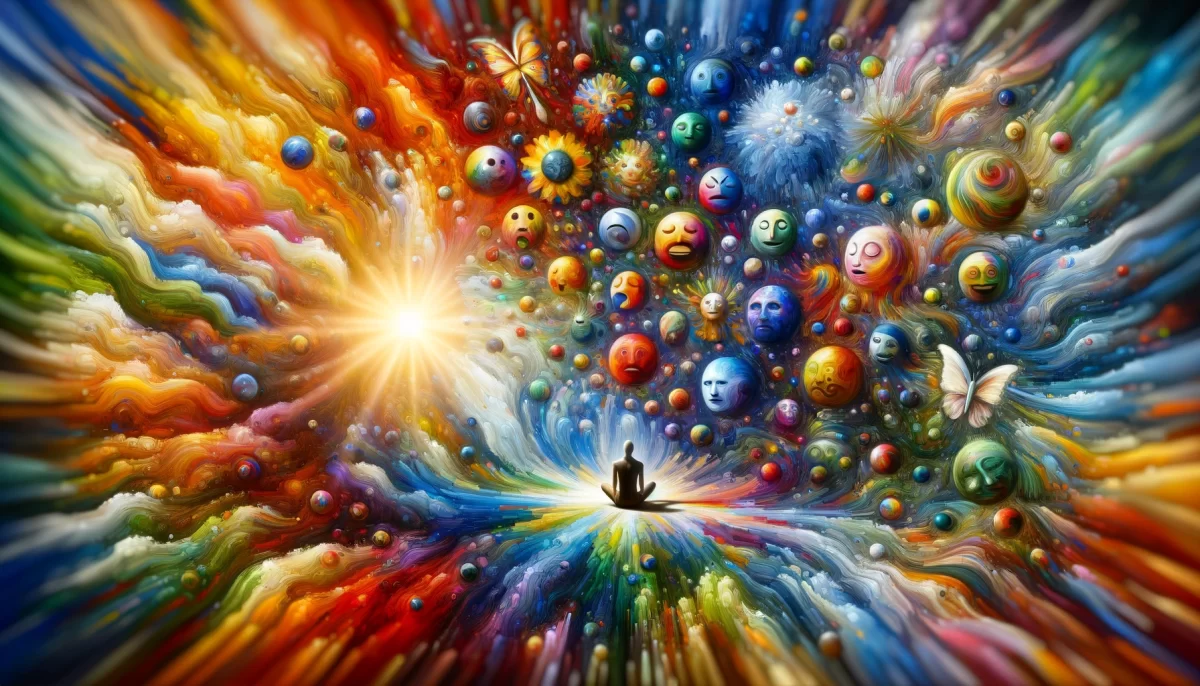
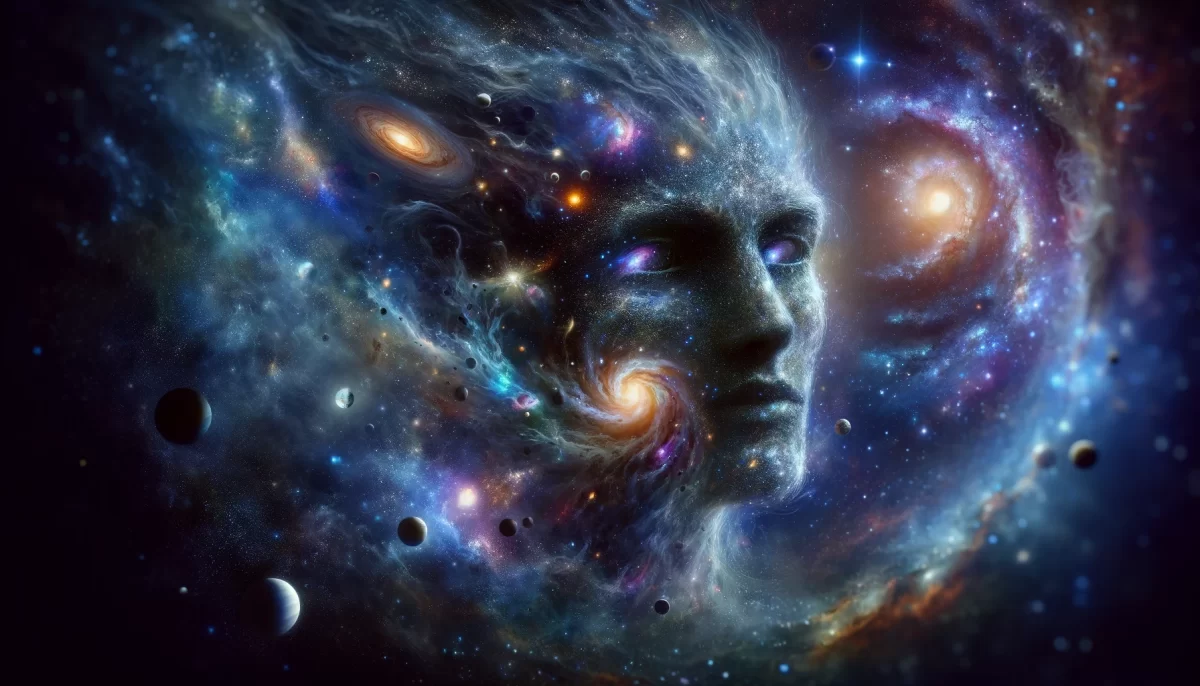

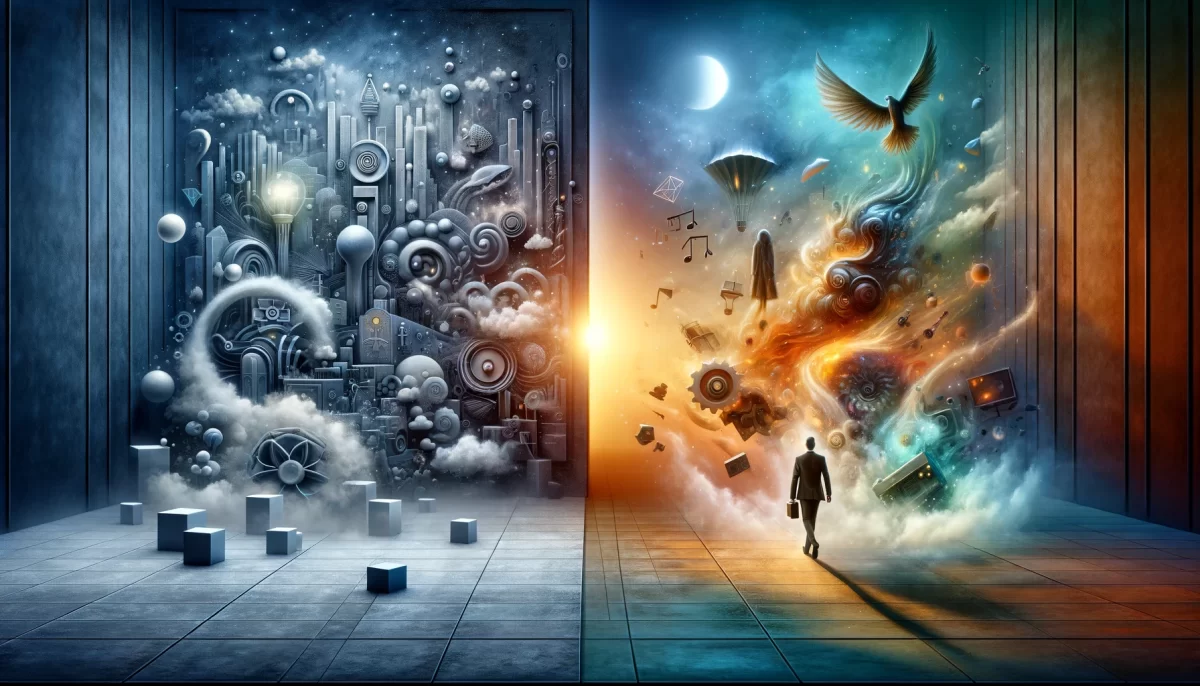
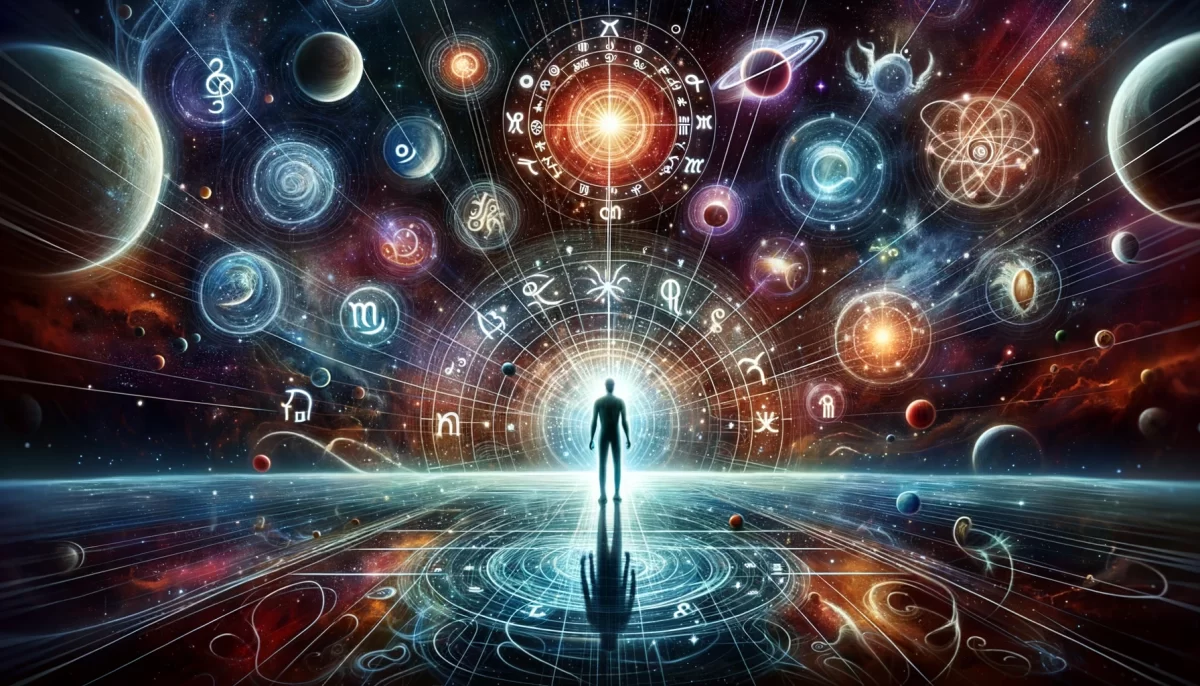
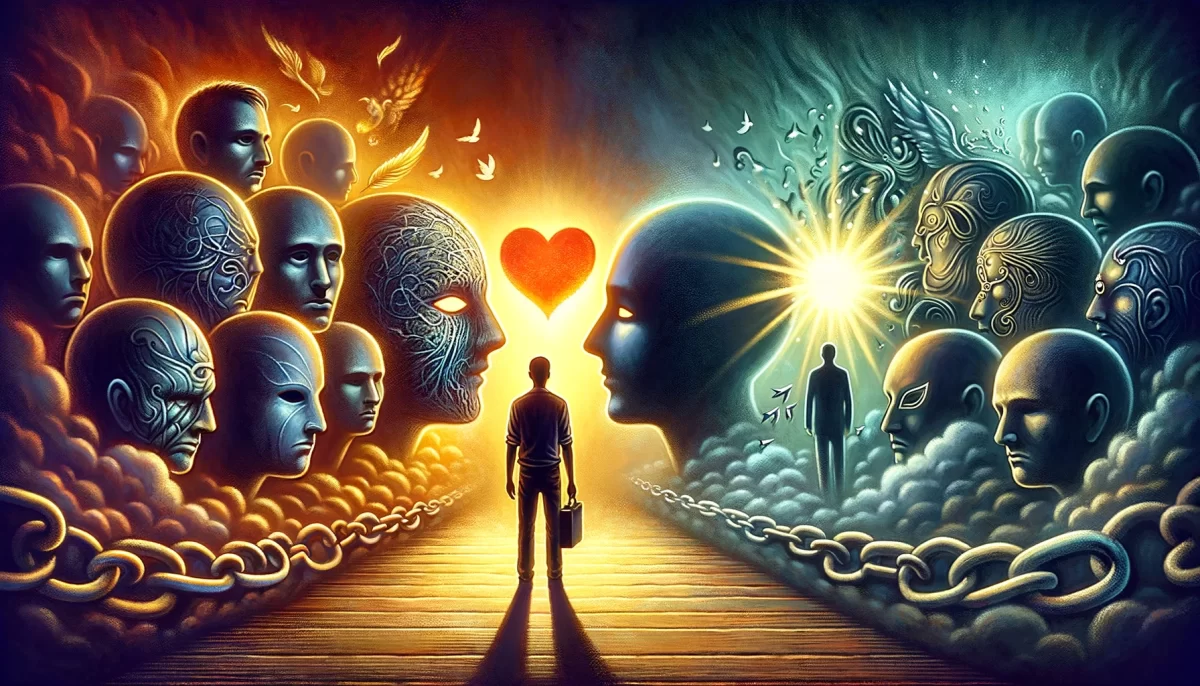
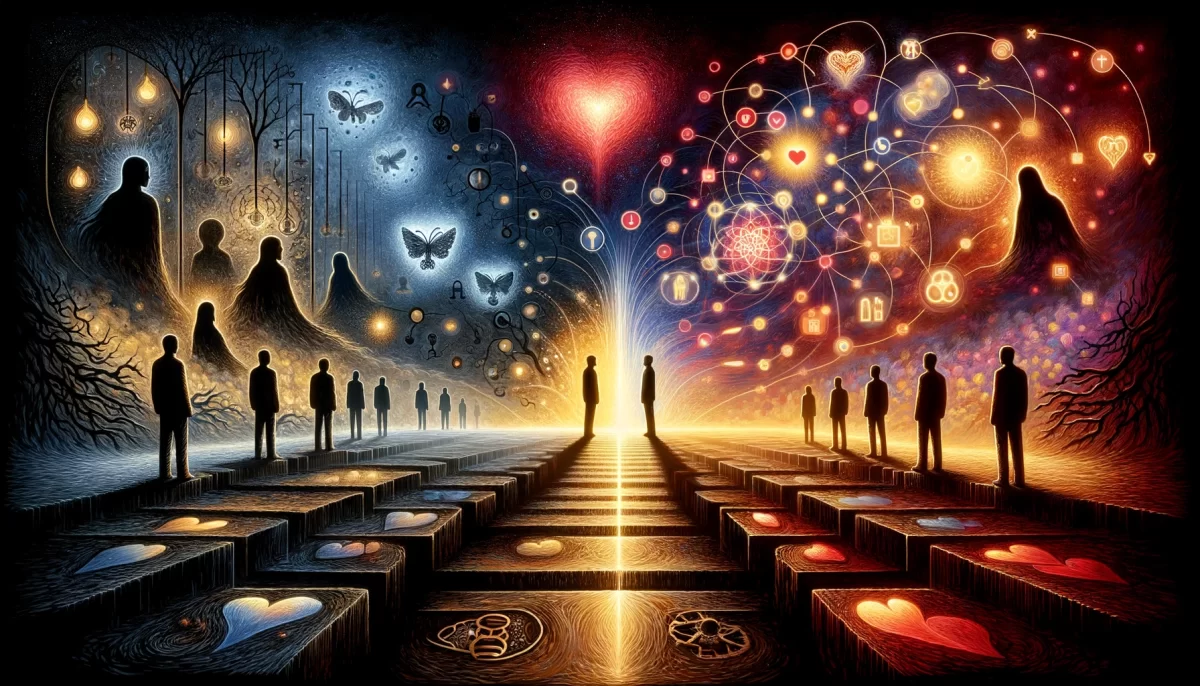
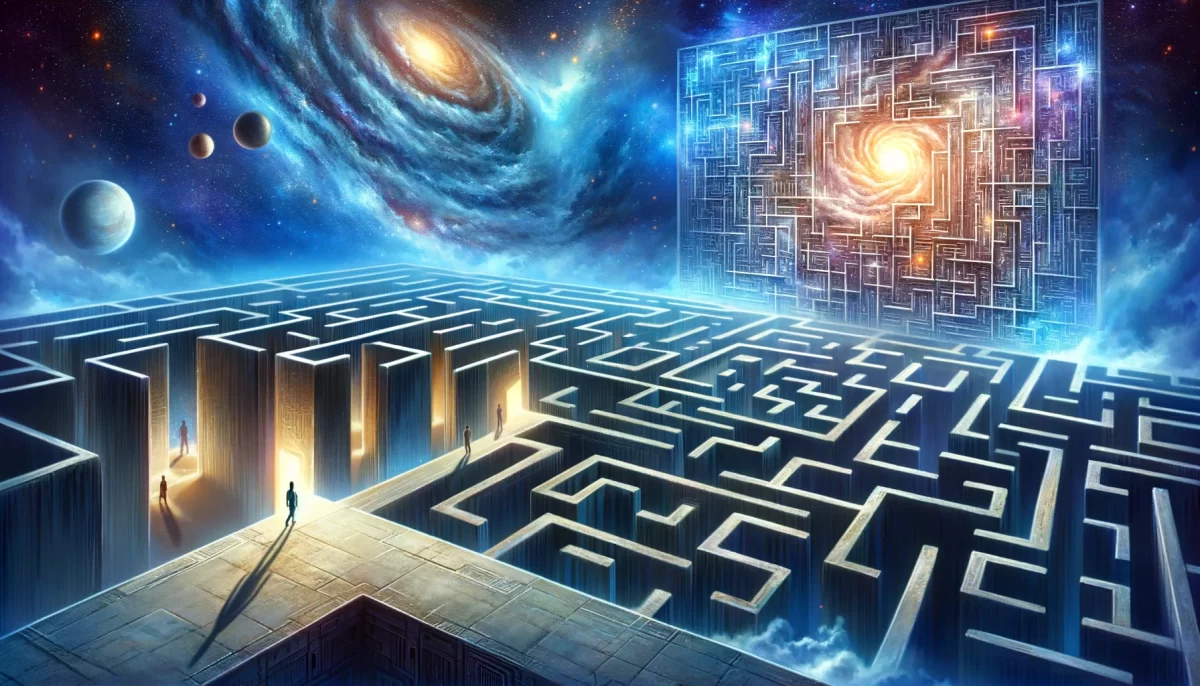
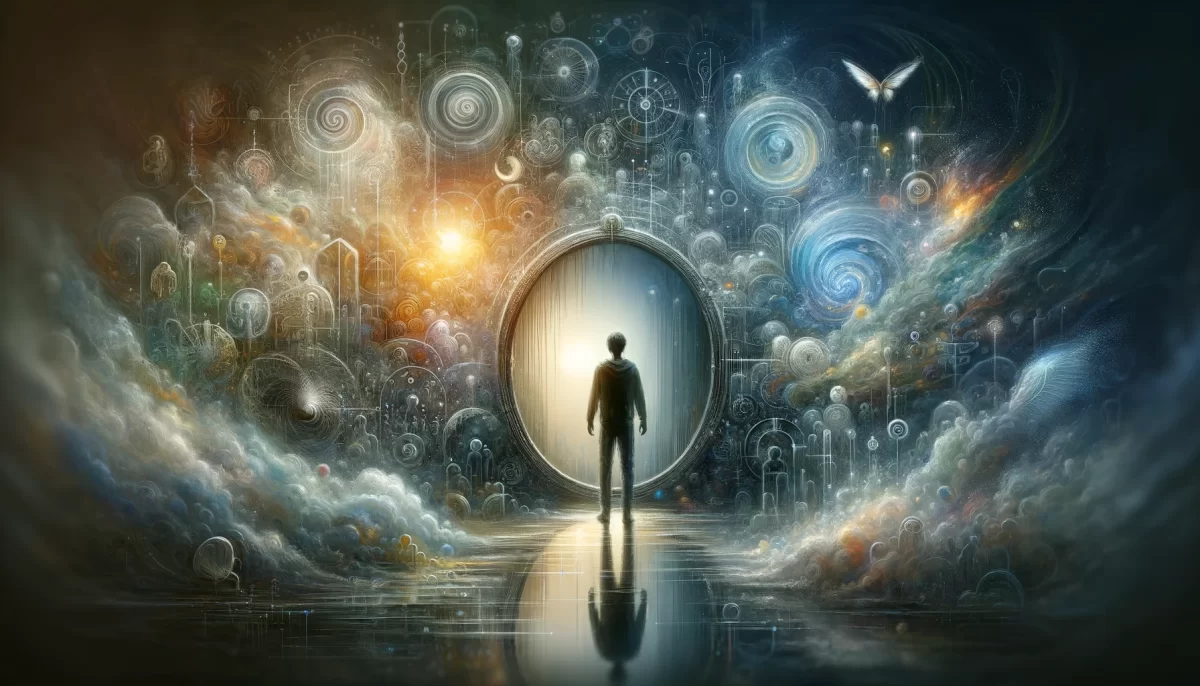
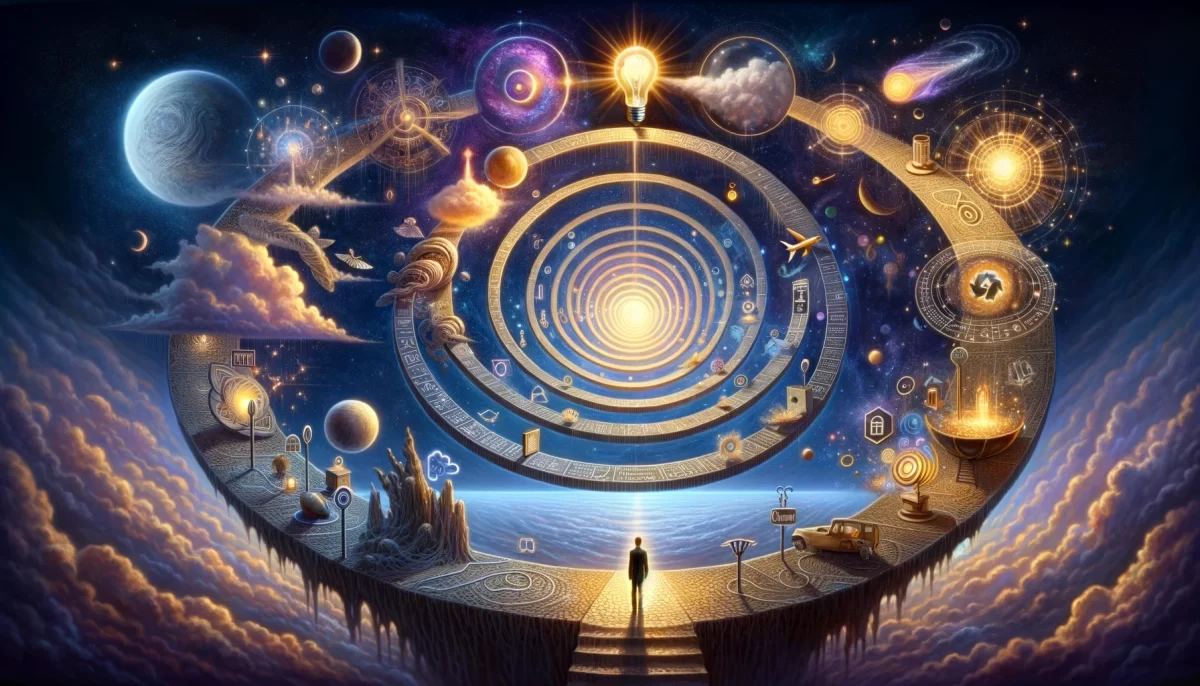
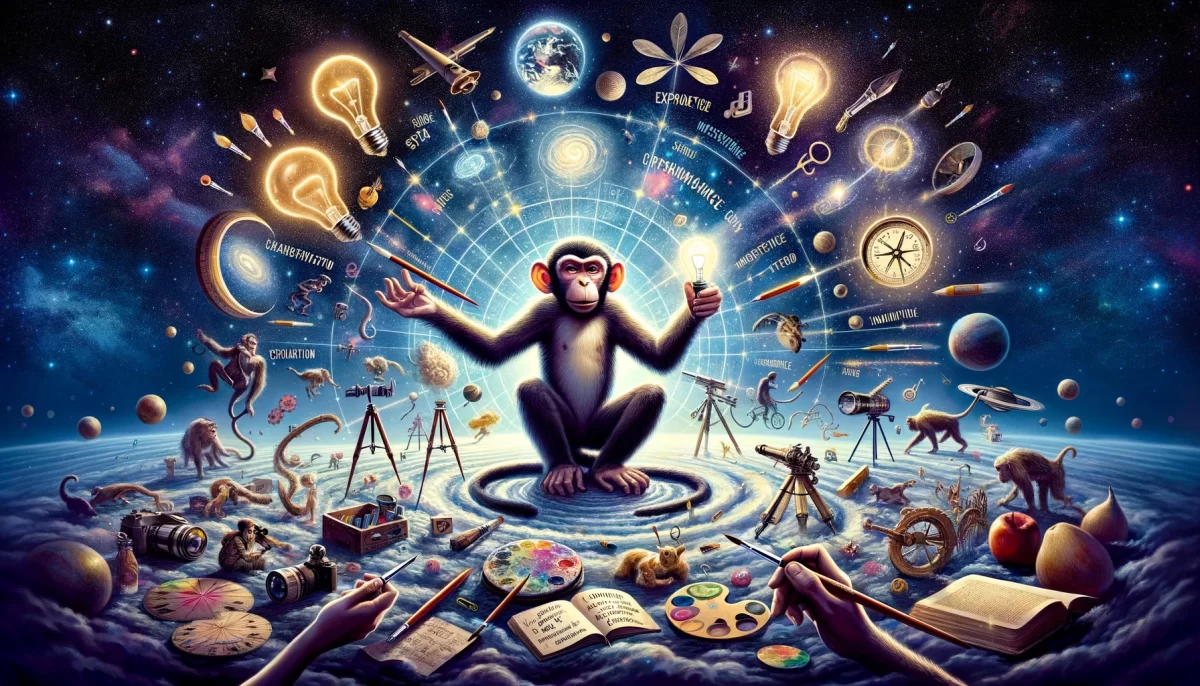
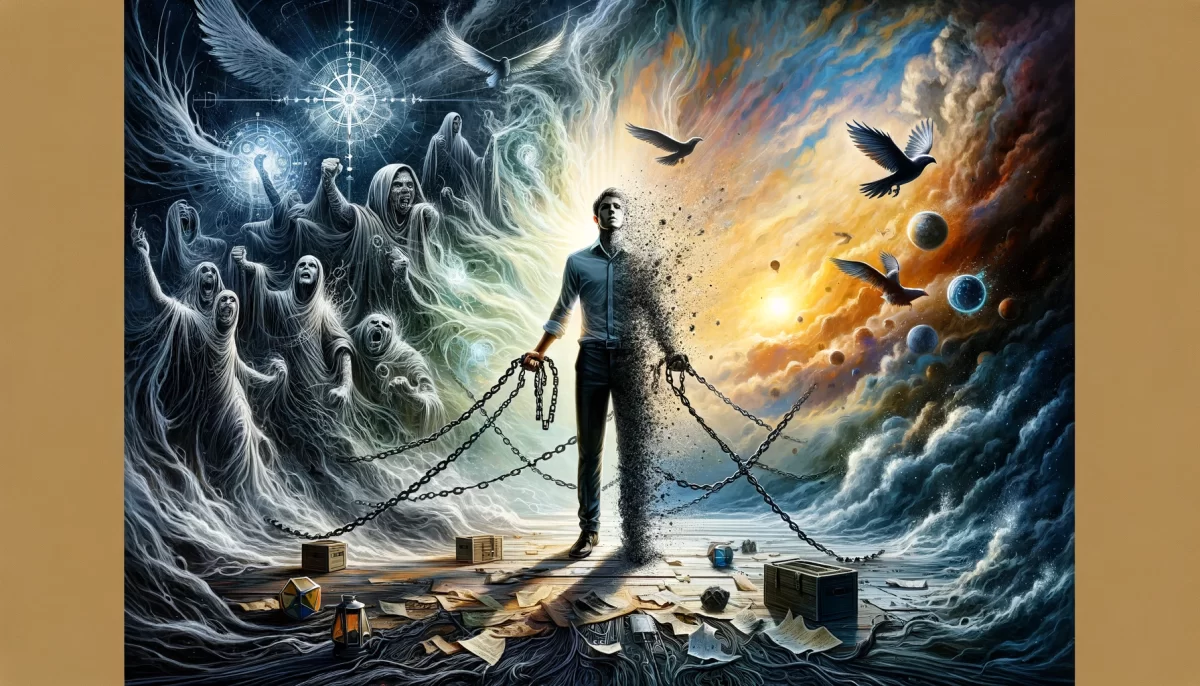
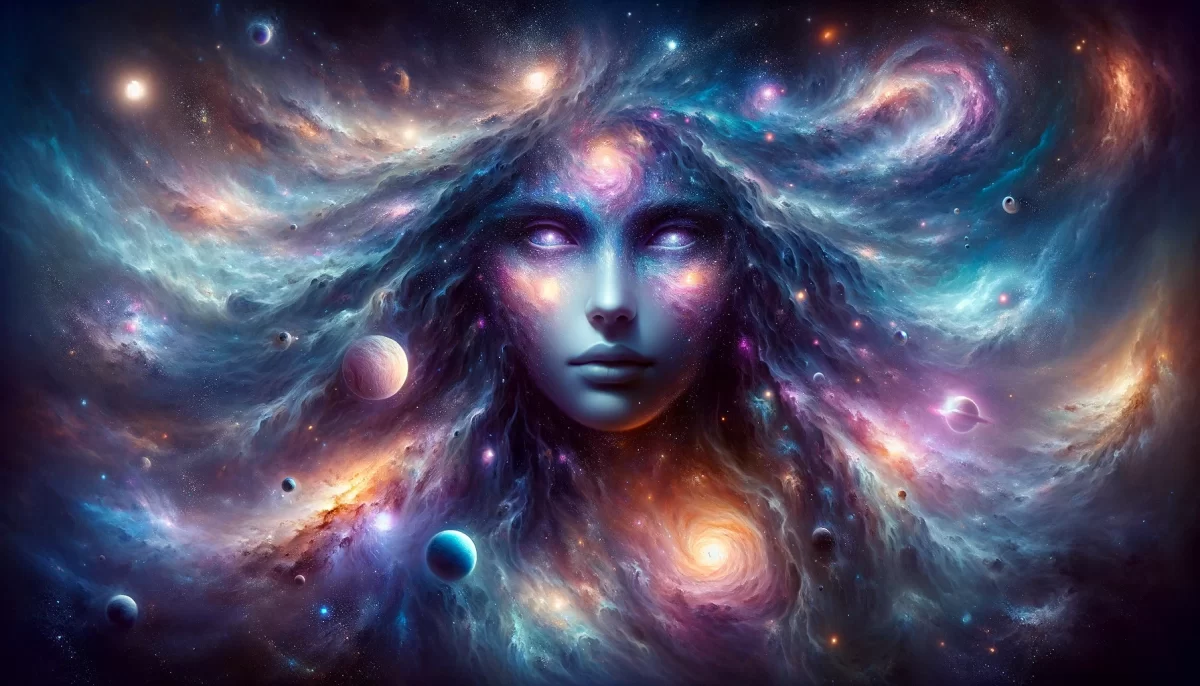
Leave a Reply